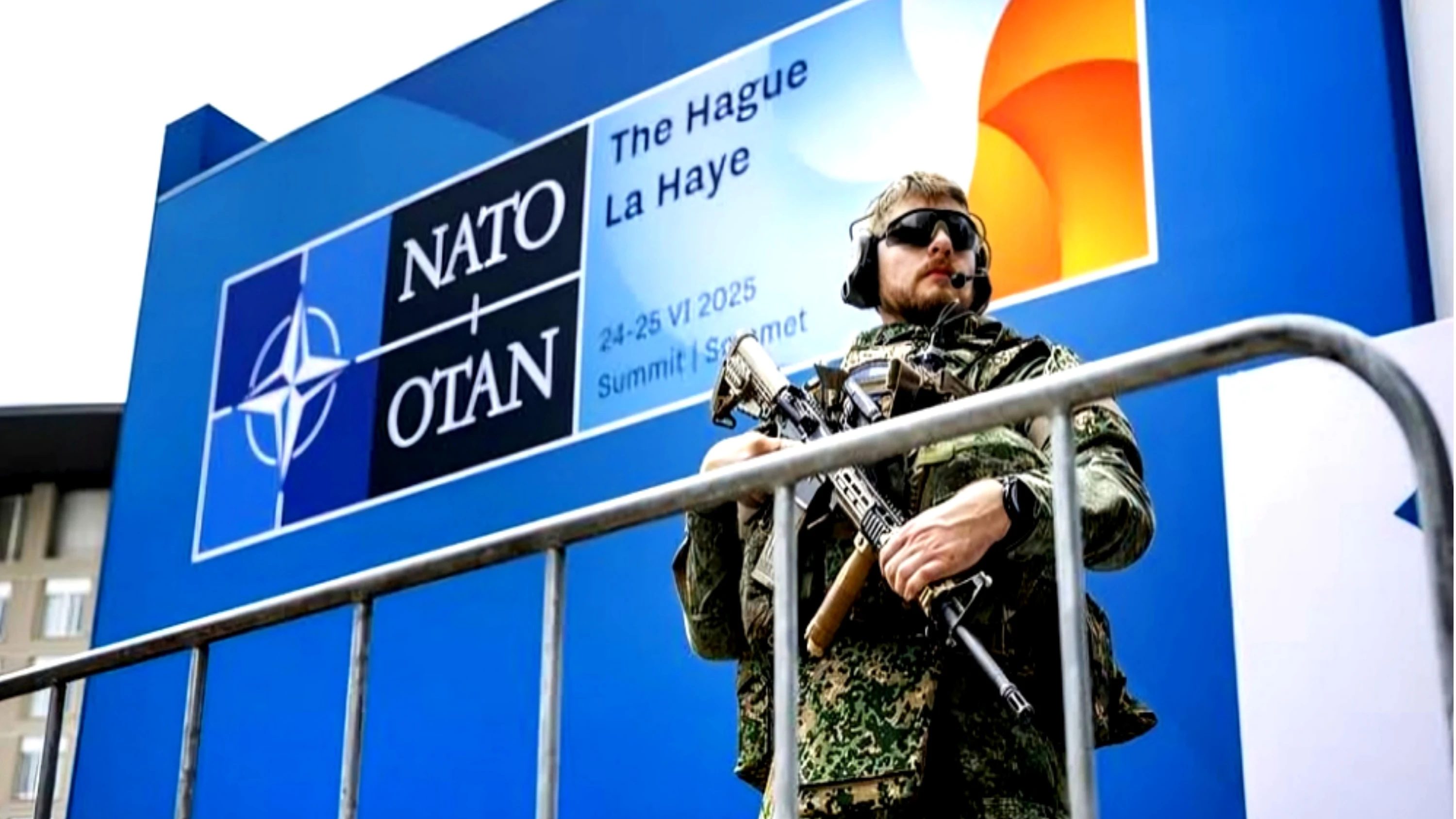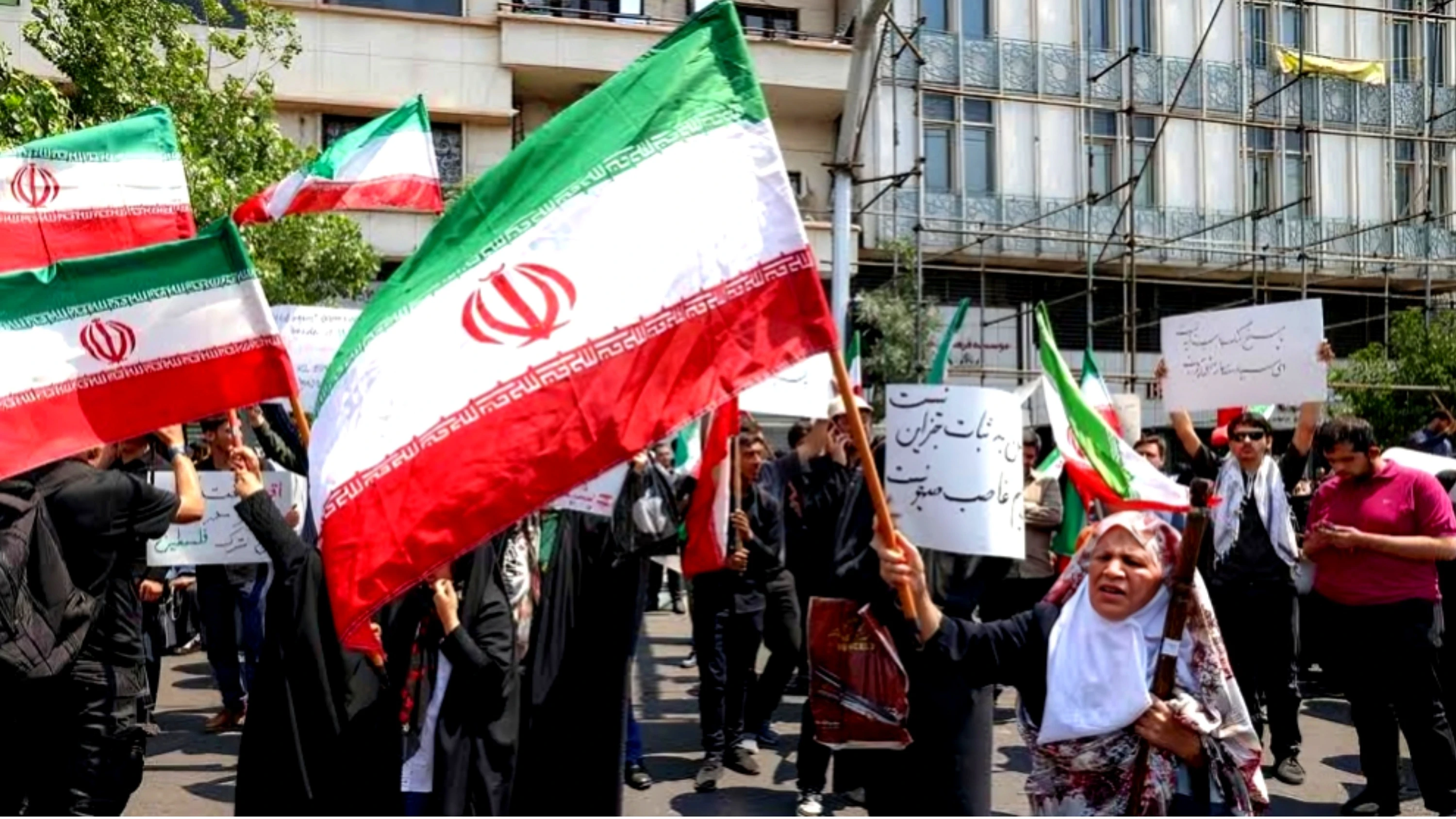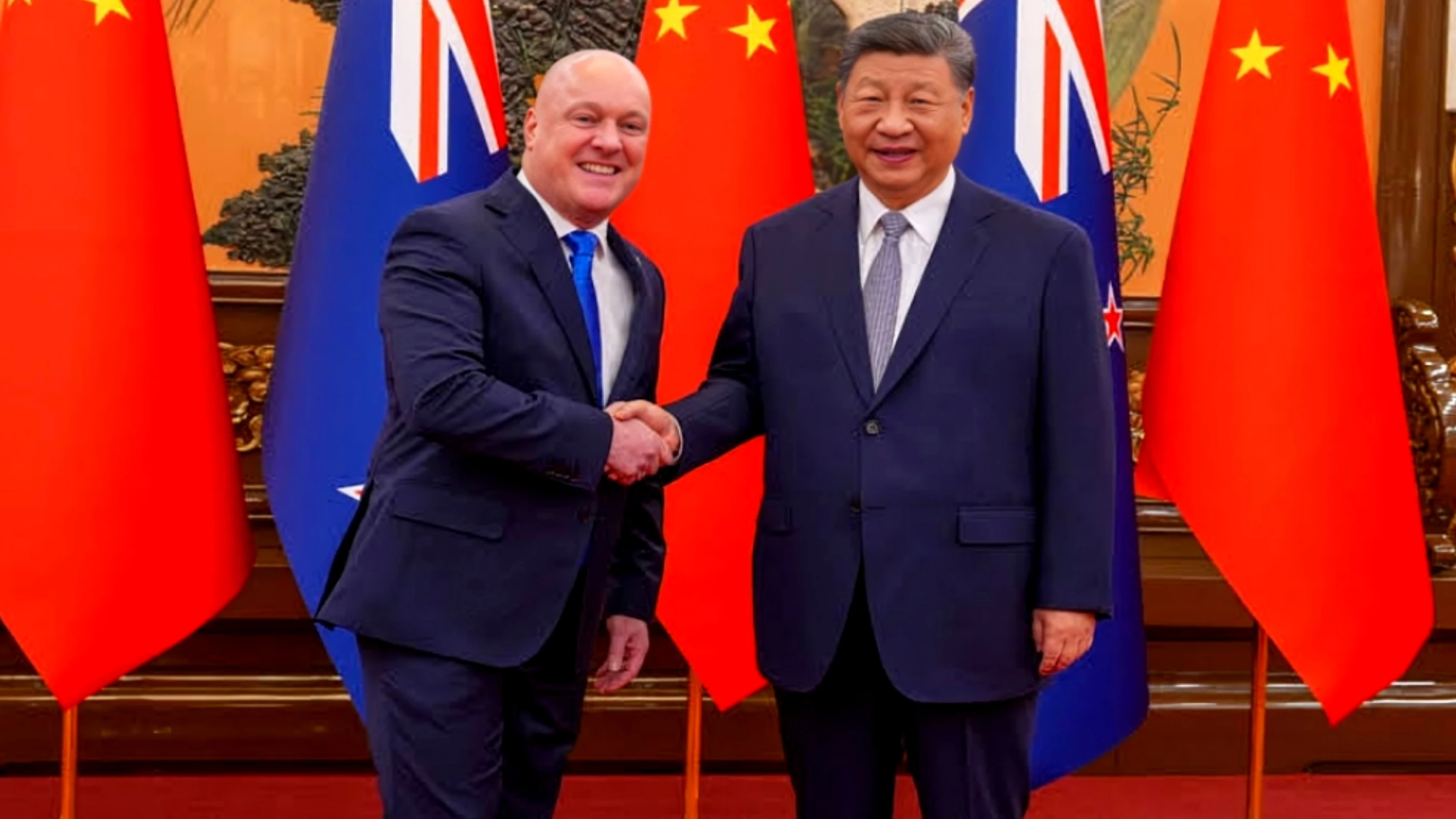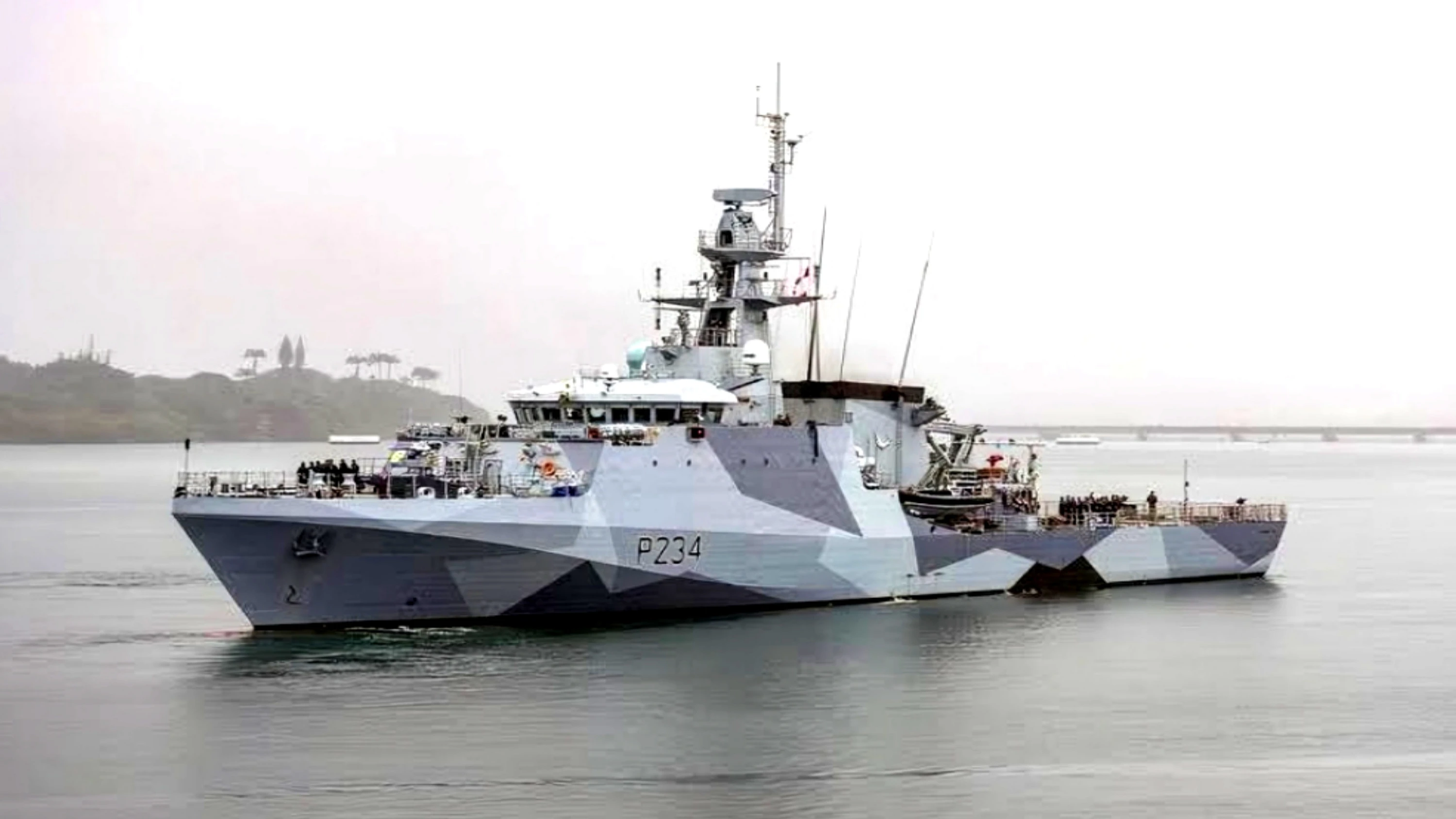Brussels: NATO allies have agreed to a significant hike in defence spending, targeting 5% of GDP, a move strongly pushed by U.S. President Donald Trump. However, Spain has publicly rejected the new benchmark just days before a key summit in The Hague, potentially disrupting efforts to present a united front.
NATO leaders had been racing to finalize a joint statement ahead of Wednesday's summit that would signal unity and resolve. But Spanish Prime Minister Pedro Sánchez declared last Thursday that his country would not adopt the 5% defence spending goal.
NATO Secretary-General Mark Rutte had suggested a tiered approach: raising NATO’s formal defence spending objective from 2% to 3.5% of GDP, supplemented by an additional 1.5% earmarked for related defence needs, including cyber security and infrastructure upgrades.
Although member states reached a compromise on the wording of the agreement on Sunday, Sánchez quickly announced that Spain wouldn’t be bound by the 5% target. According to Sánchez, Madrid would only need to spend 2.1% of GDP to fulfill its obligations under NATO’s core military framework.
"We respect the choice of other nations to increase their defence budgets, but we will not follow suit," Sánchez said in a televised statement.
Spain currently spends just 1.24% of GDP on defence — the lowest share among NATO members — amounting to €17.2 billion ($19.8 billion) in 2024, NATO figures show.
NATO officials argue that greater defence investments are vital to address the increasing threat posed by Russia and to enable Europe to shoulder more responsibility for its own defence, particularly as the U.S. shifts strategic focus toward China.
Sánchez’s defiance could spark tensions with Trump, who has long criticized European allies for underinvesting in defence. On Friday, Trump singled out Spain, saying it “has to pay what everybody else has to pay” and labeled the country “notorious” for inadequate military spending. Nonetheless, Trump also suggested the U.S. shouldn't be held to the new 5% threshold, pointing to its longstanding financial contributions to European security. In 2024, the U.S. defence spending stood at 3.19% of GDP, according to NATO.
Sánchez argued that adopting the 5% target would force Spain into painful policy choices — such as cutting pensions or raising taxes — and insisted that Madrid could meet its military requirements with a 2.1% GDP allocation.
While the final summit statement remains confidential until endorsed by all 32 NATO leaders, diplomats say a subtle change in the language — from “we commit” to “allies commit” — created enough room for Spain to claim the pledge isn’t universally binding.
In a letter -cited by Reuters- NATO chief Rutte assured Sánchez that Spain would have the “flexibility to determine its own sovereign path” toward fulfilling its NATO defence commitments. A senior NATO diplomat explained that this reflected the alliance’s recognition that each country decides independently how to achieve its defence goals.
Still, NATO insiders remain doubtful that Spain can meet its agreed military capability objectives with just 2.1% spending. Those objectives remain classified, so their actual cost is unknown.
The revised deadline for achieving the 5% goal has been pushed back from 2032 to 2035, with a midterm review scheduled for 2029.








